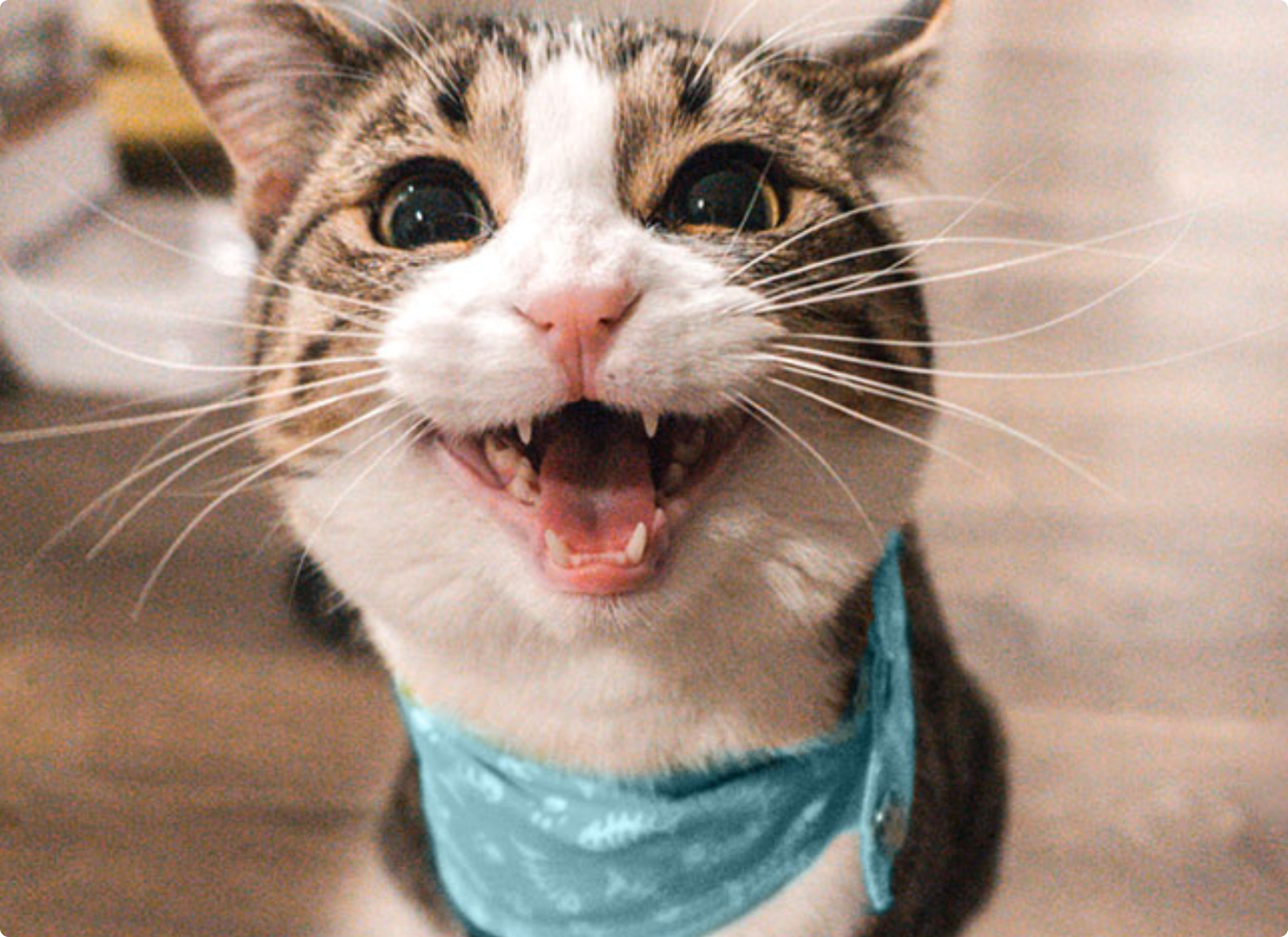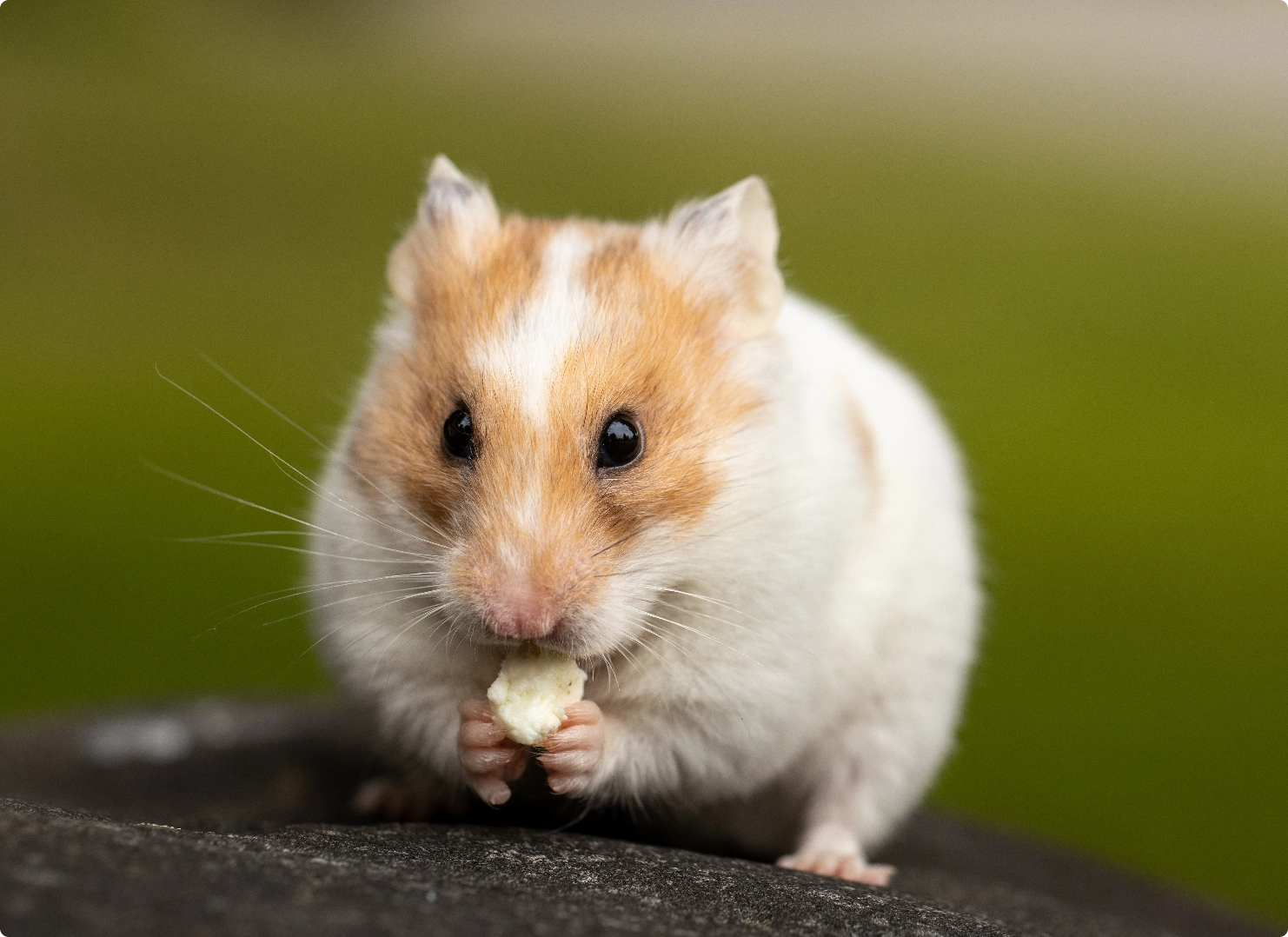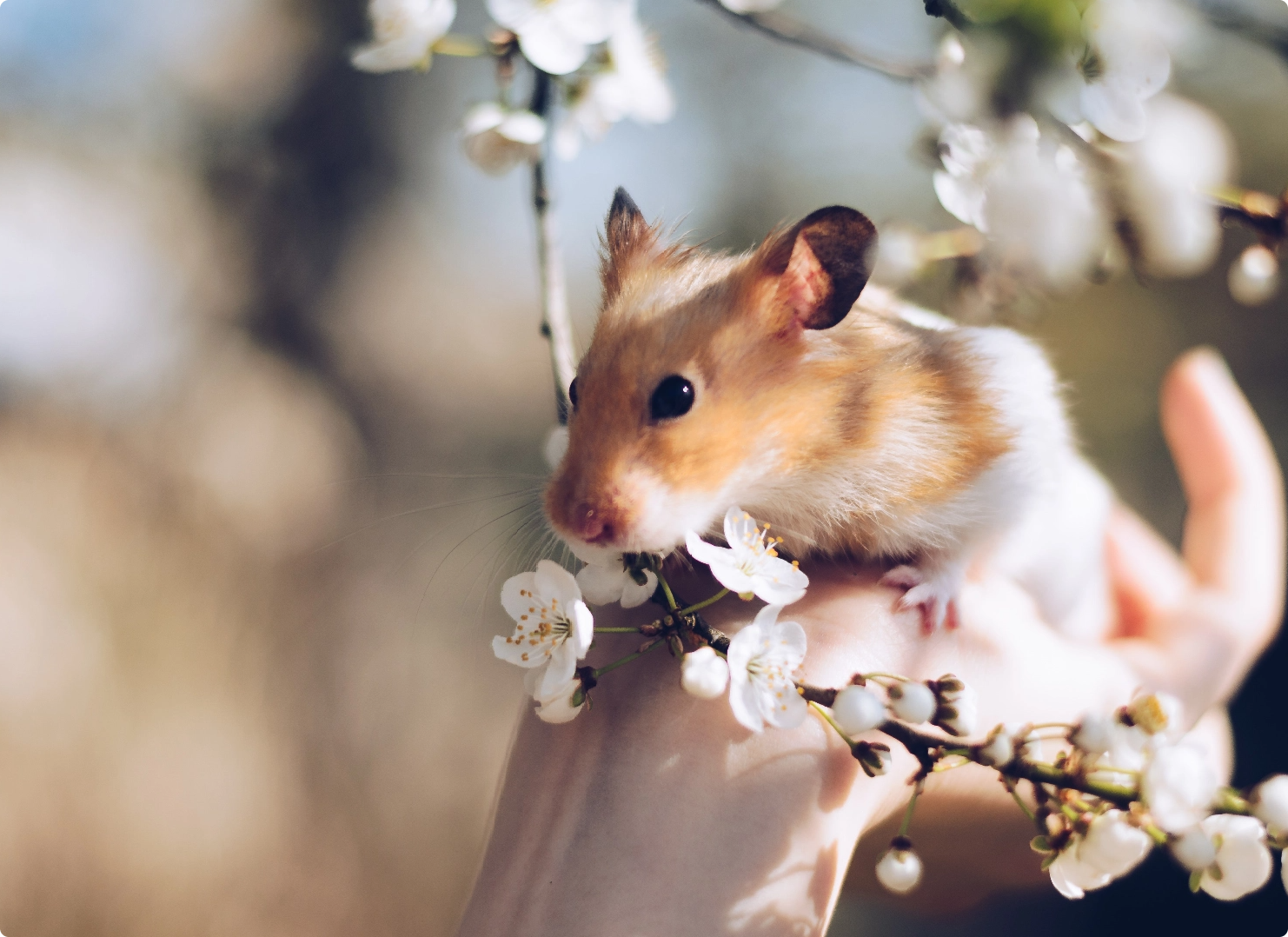
The Complete Guide Of Proper Caring For Your Cat!



The Complete Guide Of Proper Caring For Your Cat!
You can find here all the information you need to provide your cat a healthy, happy life in your ownership.
Background about cats:
Size: 8-11 pounds on average—but larger breeds & breed mixes can weigh 15+ Lifespan: 13-17 years
Relationship with kids: Children ages 10 & up are ready for duties like feeding, grooming and litter cleaning.
Bedding and Housing:
Your cat should have her own clean, dry place in your home to sleep and rest.
Line the bed with a blanket or towel. Be sure to wash the bedding often.
Please keep your cat indoors. Cats who are allowed outdoors can contract diseases, get ticks or parasites, become lost or get hit by a car, and get into fights with other free-roaming cats and dogs.
Litter Box:
Place your cat’s litter box in a quiet, accessible location, such as a bathroom or utility room, and avoid moving the box unless necessary, if so do it slowly only move it a few inches a day.
In a multi-level home, one box per floor is recommended, if you own more than one cat, each cat should have its own box.
Cats won’t use a messy, smelly litter box, so remove solid waste at least once a day, dump everything, wash with mild detergent and refill at least once a week, you should not use ammonia, deodorants or scents, especially lemon, when cleaning the litter box.
Food and Nutrition:
Feed kittens 6 to 12 weeks old 4 times a day.
Feed kittens 3 to 6 months old 3 times a day.
Feed adult cats one main or 2-3 smaller meals a day.
Feed your cat a commercial brand of dry food that meets nutritional requirements and provides a well-balanced diet, kittens should be fed a commercial brand of kitten food.
Fresh water should be available at all times, and be sure to wash food/water dishes daily.
Throw away any uneaten canned food before it spoils and don’t give cats cow’s milk, as it can cause diarrhea.
Treats are yummy for cats, but should not total more than 5% of their daily intake, most packaged treats contain lots of sugar and fat.
If your kitten is refusing food or isn’t eating enough, try soaking her kitten food in kitten milk replacer or warm water and gradually mix with the regular food.
Monitor your cat’s food intake carefully, as obesity is a major health problem in cats.
The NO-NO List:
Never give your cat (Alcoholic beverages – Chocolate – Coffee – Grapes, raisins & avocados – Moldy or spoiled food – Onions, garlic & chives – Poultry bones – Salt & salty foods, macadamia nuts – Tomato leaves, stems & unripe fruit – Yeast dough – Human medications unless prescribed by your veterinarian).
Health and Vaccinations:
Your cat should see a veterinarian for a full physical examination and fecal check at least once a year, this can be determined at that time if additional vaccinations or diagnostic tests are necessary, if your cat seem sick or injured, seek professional help immediately.
Vaccinations:
Cats should be vaccinated with a vaccine that protects against panleukopenia, calicivirus and rhinotracheitis.
When a kitten is around 6 to 8 weeks of age, a veterinarian can begin to administer a series of vaccines at 3- or 4-week intervals until the kitten reaches 16 weeks of age.
If you have an unvaccinated cat older than 4 months, he will need a series of two vaccinations 3-4 weeks apart. Your veterinarian can tell you how often your cat will need to be revaccinated.
Ear Mites:
This is a common problem that can be transmitted from cat to cat, if your cat seem to be constantly scratching at its ears or shaking its head, or if you see dark-colored wax or debris in his ears, your cat may be infested with ear mites.
Make an appointment with your veterinarian right away.
Fleas and Ticks:
Flea infestation should be taken seriously, these tiny parasites feed off your pet, transmit tapeworms and irritate the skin. Check your cat regularly for fleas and ticks, if your cat is infested, you will also need to treat all pets in the household and get rid of the fleas in your home.
Consulting a certified veterinarian is necessary to make sure that any product you use is safe for use on cats because cats die every year from improper treatment with flea and tick control products. Your veterinarian can recommend the best flea control program for your pet and home.

Grooming and Proper Handling:
Most cats rarely need a bath, but you should brush or comb your pet regularly, this keeps the coat clean, reduces shedding and cuts down on hairballs and matting.
During your grooming sessions, check for wounds, hair loss and inflammation. Also, look out for ticks and flea dirt, black specks of dried blood left behind by fleas.
Handling:
To pick up your cat, place one hand behind her front legs and another under the hindquarters. Lift gently. Never pick up a cat by the scruff of the neck or the front legs.
Playing With Your Cat:
Cats delight in stalking imaginary prey.
The best toys are those that can be made to jump and dance around and look alive, your cat can safely act out her role as a predator by pouncing on toys instead of people’s ankles.
Please don’t use your hands or fingers as play objects with kittens, which could lead to biting and scratching behaviors.
Avoid strings and toys with pieces that can break off and lodge in her intestines.
Scratching:
Your pet needs to scratch! When the cat scratches, the old outer nail sheath is pulled off and the sharp, smooth claws underneath are exposed.
Cutting your cat’s nails every 2 to 3 weeks will keep them blunt and less likely to harm you or your furniture.
Provide your cat with a sturdy scratching post, at least 3 feet high, which will allow her to stretch completely when scratching. It should be stable enough that it won’t wobble during use, and covered with rough material such as sisal, burlap or tree bark.
Many cats also like scratching pads. A sprinkle of catnip on the post or pad once or twice a month will keep your cat interested.
Cat Supply
Checklist:
![]() Commercial brand cat food.
Commercial brand cat food.
![]() Food dish and a water bowl.
Food dish and a water bowl.
![]() Interactive toys and scratching post or scratching pad.
Interactive toys and scratching post or scratching pad.
![]() Cat bed or box with blanket or towel, litter box and litter.
Cat bed or box with blanket or towel, litter box and litter.
![]() Brush, cat claw clipper, and a comb.
Brush, cat claw clipper, and a comb.
![]() Cat carrier, and safety cat collar with ID tag.
Cat carrier, and safety cat collar with ID tag.






